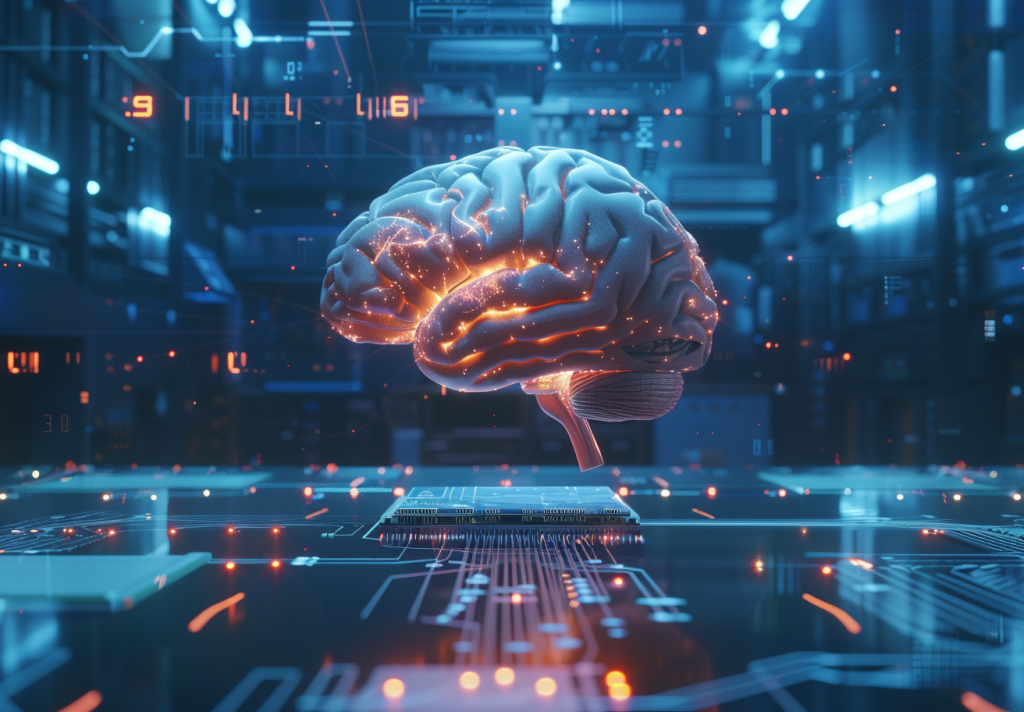In the realm of neuroscience, the enigmatic nature of memory has long captivated researchers seeking to unravel its mysteries. Recent breakthroughs have brought us closer than ever to understanding the inner workings of the human mind, including the ability to observe memories as they unfold in real-time. In the Ramirez Lab and similar pioneering research institutions, scientists are delving into the intricate landscape of memory formation, storage, and retrieval, shedding light on how our brains encode and preserve our most cherished – and haunting – experiences.
One of the most remarkable discoveries to emerge from these investigations is the realisation that memories are not ephemeral figments of the imagination but rather tangible engrams – physical traces etched into the neural circuits of the brain. In the Ramirez Lab, researchers have made groundbreaking strides in pinpointing the precise location of these memory engrams and deciphering their molecular signatures. Through ingenious experimental techniques, they have uncovered a remarkable finding: emotional memories, whether positive or negative, exhibit distinct neuronal patterns and molecular machinery within the hippocampus, a region of the brain crucial for memory formation.
By leveraging cutting-edge imaging technologies and genetic tools, neuroscientists can now peer into the intricate dance of neuronal activity that accompanies the encoding and retrieval of memories. In the Ramirez Lab, researchers have developed innovative methods for visualising memory engrams in real-time, allowing them to observe the firing of individual neurons as subjects recall specific experiences. This unprecedented ability to “see” memories as they unfold offers a window into the inner workings of the mind, providing valuable insights into the mechanisms underlying memory formation and consolidation.
Perhaps most tantalisingly, the Ramirez Lab’s research has revealed the potential for manipulating and even rewriting memories through targeted interventions. By artificially activating positive memories, researchers have demonstrated the ability to overwrite negative associations, offering new hope for individuals grappling with mental health disorders such as depression and post-traumatic stress disorder. This groundbreaking approach, known as memory reconsolidating, holds the promise of transforming our understanding of memory and paving the way for innovative therapeutic strategies.
The implications of these findings extend far beyond the realm of basic science, offering a glimpse into a future where memories can be harnessed and modulated to promote emotional well-being and mental resilience. By unraveling the intricate tapestry of memory networks in the brain, scientists are laying the foundation for a new era of personalised medicine, where treatments can be tailored to target the underlying neural substrates of psychiatric disorders.
In the quest to unlock the secrets of memory, the Ramirez Lab and its counterparts stand at the forefront of a burgeoning field poised to revolutionise our understanding of the human mind. As we peer ever deeper into the labyrinthine corridors of the brain, the prospect of deciphering the complex codes of memory grows ever closer, offering hope for a future where the burdens of the past may be lifted and the light of healing can shine through.
